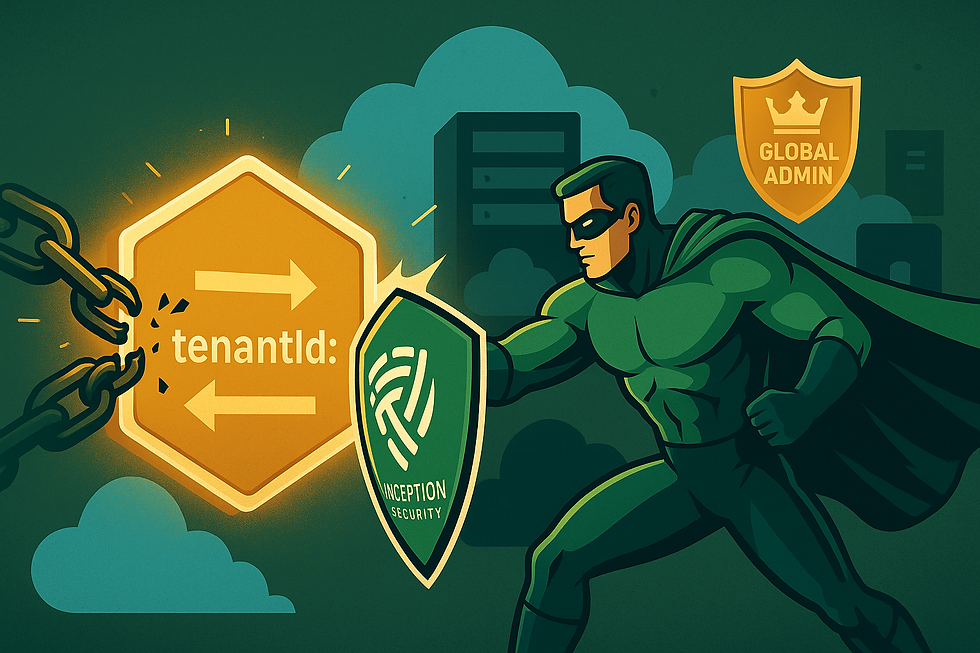Multi-Factor Authentication: Why Every Business Should Implement It and How to Get Started
- Inception Security

- May 8, 2023
- 2 min read
In today's digital age, businesses of all sizes face an ever-growing number of cybersecurity threats. Protecting sensitive information and ensuring data privacy has become a top priority for organizations worldwide. One of the most effective ways to achieve this is by implementing Multi-Factor Authentication (MFA). In this blog post, we'll discuss the importance of MFA for businesses, outline its benefits, and provide a step-by-step guide to getting started.
The Importance of Multi-Factor Authentication for Businesses
MFA is a security measure that requires users to present two or more forms of identification before accessing protected systems or data. These factors typically include something you know (password), something you have (security token), and something you are (biometric data). By employing MFA, businesses can significantly reduce the risk of unauthorized access to their networks, systems, and sensitive information.
Key benefits of MFA:
Enhanced security: MFA adds an extra layer of protection by requiring multiple forms of identification, making it difficult for attackers to gain unauthorized access.
Reduced risk of data breaches: MFA helps protect against common attacks such as phishing, brute force, and credential theft.
Improved regulatory compliance: Many industries and governments require MFA as part of their cybersecurity guidelines, helping businesses meet regulatory requirements and avoid penalties.
Increased user confidence: Customers and employees are more likely to trust a company prioritizing data security.
How to Implement Multi-Factor Authentication in Your Business
Here's a step-by-step guide to help you get started with MFA implementation:
Step 1: Assess your needs and goals
Begin by analyzing your organization's security requirements, potential threats, and regulatory compliance needs. This will help you determine the appropriate MFA solution for your business.
Step 2: Choose the right MFA solution
Select an MFA solution that aligns with your organization's needs, size, and budget. Consider factors like ease of use, scalability, and integration with your existing systems.
Step 3: Develop an implementation plan
Create a detailed plan outlining the MFA implementation process, including timelines, resources, and responsibilities. This plan should also address employee training, system integration, and ongoing support.
Step 4: Train your employees
Ensure that your employees understand the importance of MFA, how it works, and its role in maintaining its effectiveness. Provide comprehensive training and resources to support a smooth transition.
Step 5: Monitor and maintain your MFA solution
Regularly review your MFA solution's effectiveness, gather user feedback, and make any necessary adjustments. Stay up-to-date on cybersecurity trends and best practices to ensure continued protection.
Conclusion:
Implementing Multi-Factor Authentication is crucial for businesses to safeguard their digital assets and protect against cybersecurity threats. Following the steps outlined in this blog post can strengthen your organization's security posture and build trust with your customers and employees. Don't wait for a security breach to happen – invest in MFA today and secure your business for the future.









Comments